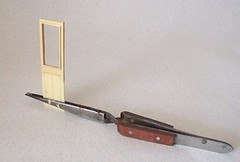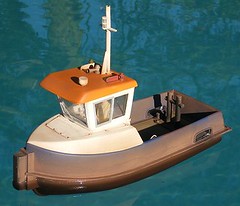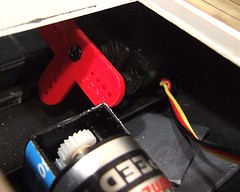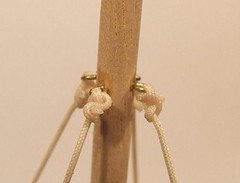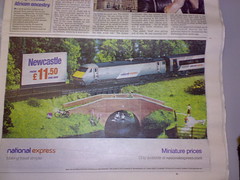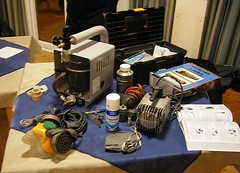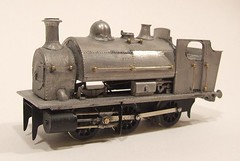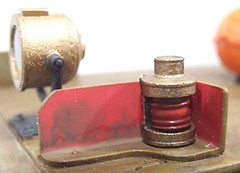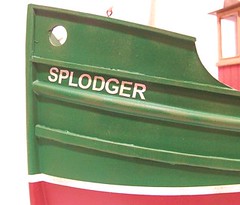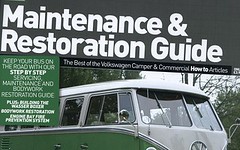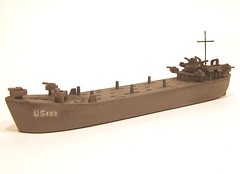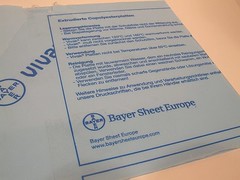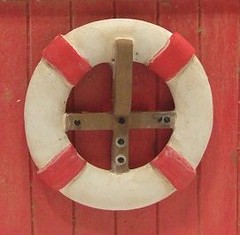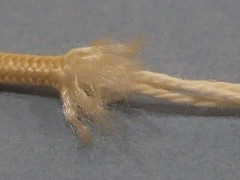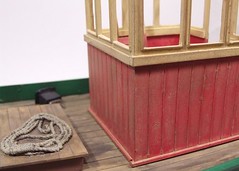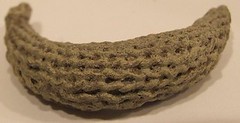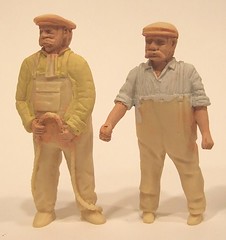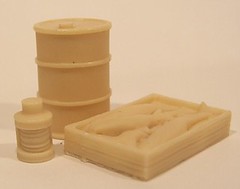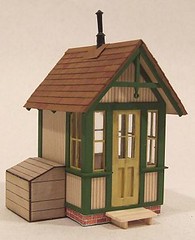Time to knuckle down and do one of the dull bits associated with appearing at model railway shows – exhibition paperwork.
I’m afraid that while it is very flattering to be invited to take a layout to a show, filling in the forms is less appealing hence I tend to return things slower than I really should. Be honest though, how many people leap upon a form sent through the post with glee ?
Anyway, the forms from shows are all very similar. Exhibition managers want to know the details of the layout, scale, gauge, prototype etc. A bit of blurb for the programme is also requested. Ideally this will include a plan. Sometimes the more upmarket brochures ask for photographs too.
As someone who has run shows before, I know which questions your average manger wants to read the answers to; those relating to money. Expenses, number of operators attending and how many meals you want matter most at this stage. With this information he or she can work out if the show is likely to bankrupt the club.
Working out how much to put down for expenses is a toughie for the newbie exhibitor. Some are so grateful to get to go to a show that they decide to fund the whole thing themselves. Some shows (tramways ones for example) expect this and don’t even offer reimbursement. Years of being on “the circuit” have hardened me though. If you expect me to give up my weekend, travel across the country, sometimes use my annual leave to do this and then spend the days entertaining your paying public, then the least you can do is pay the petrol to get me there.
The trick is to work out a realistic figure. Rule one is:
You don’t make a profit. I’ve heard of people doing this to fund the building of the next layout but it’s not on. Model railway clubs aren’t rich, the proceeds of the annual exhibition often make the difference between running the club for another year and not. Building the layout is the responsibility of the modeller, something we do for
fun remember.
I have a simple rule. A trip to
the AA website gives me a mileage figure for the journey. This is doubled and then a few miles are added for travelling to and from the hotel. Then I divide the result by 18 – because I’m assuming I’m going to use my VW van which gets a terrible MPG. This number is multiplied by 7 (the cost of petrol roughly by the time I do the show – I’m guessing a couple of years into the future) to give a figure that is then rounded up to the nearest fiver. That’s what I put on the sheet.
Now I try to avoid using the Type 2 for shows. It’s slow and can be unreliable. Check back on this blog to see what I mean ! I prefer to borrow my Mum’s Berlingo for the trip. This sips diesel and goes to the moon and back on a picture of a fuel pump.
That allows me to get to the show, work out what it has really cost and claim this instead. The club treasurer always looks happy when you come in under budget. I
never come in over budget, hence my high estimate. Of course the high figure could get some of the invites rescinded but I’m in the happy position where this doesn’t worry me. This rarely happens though and when it does, it’s not always a bad thing.
Once an exhibition manager accused me of putting in a “standard fee” when I had worked it out in the normal way. He then claimed the distance was ten miles shorter than it was. Since I’d done the show a couple of years before and had the chase the expenses which were sent on after the event (payment is normally made during the show, which pleases the traders as it often finds its way to their stands) and the cheque had arrived with the wrong name at first, I wasn’t surprised or disappointed not to go. That is a very rare even though.
The rest is easy. I have ready to use
blurb sheets, which are also on the web for download. An
exhibition diary which states we do 4 or 5 shows maximum a year – hence the booking two years ahead.
